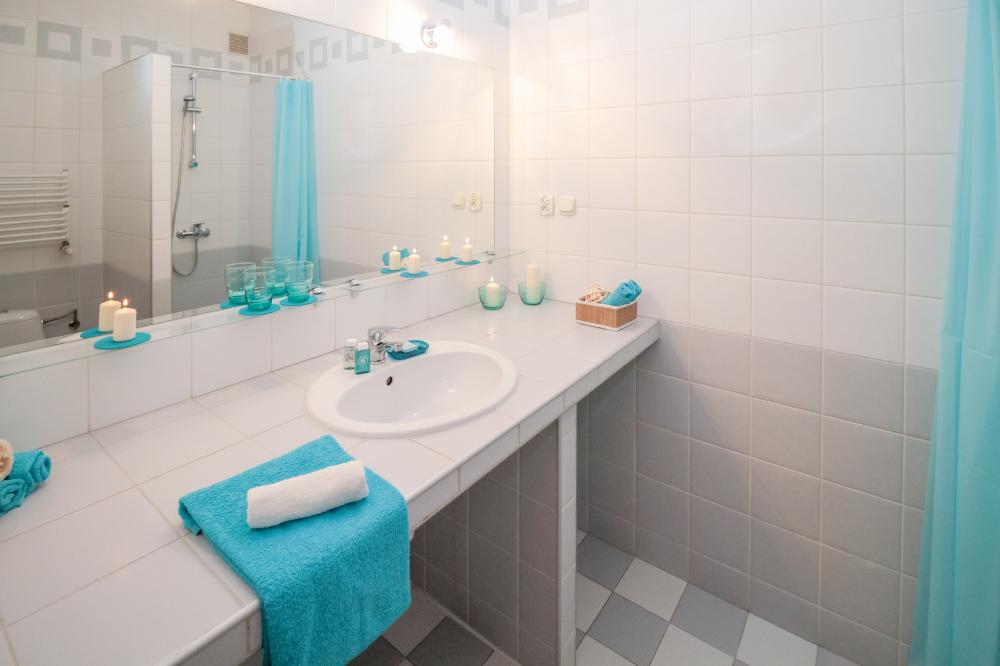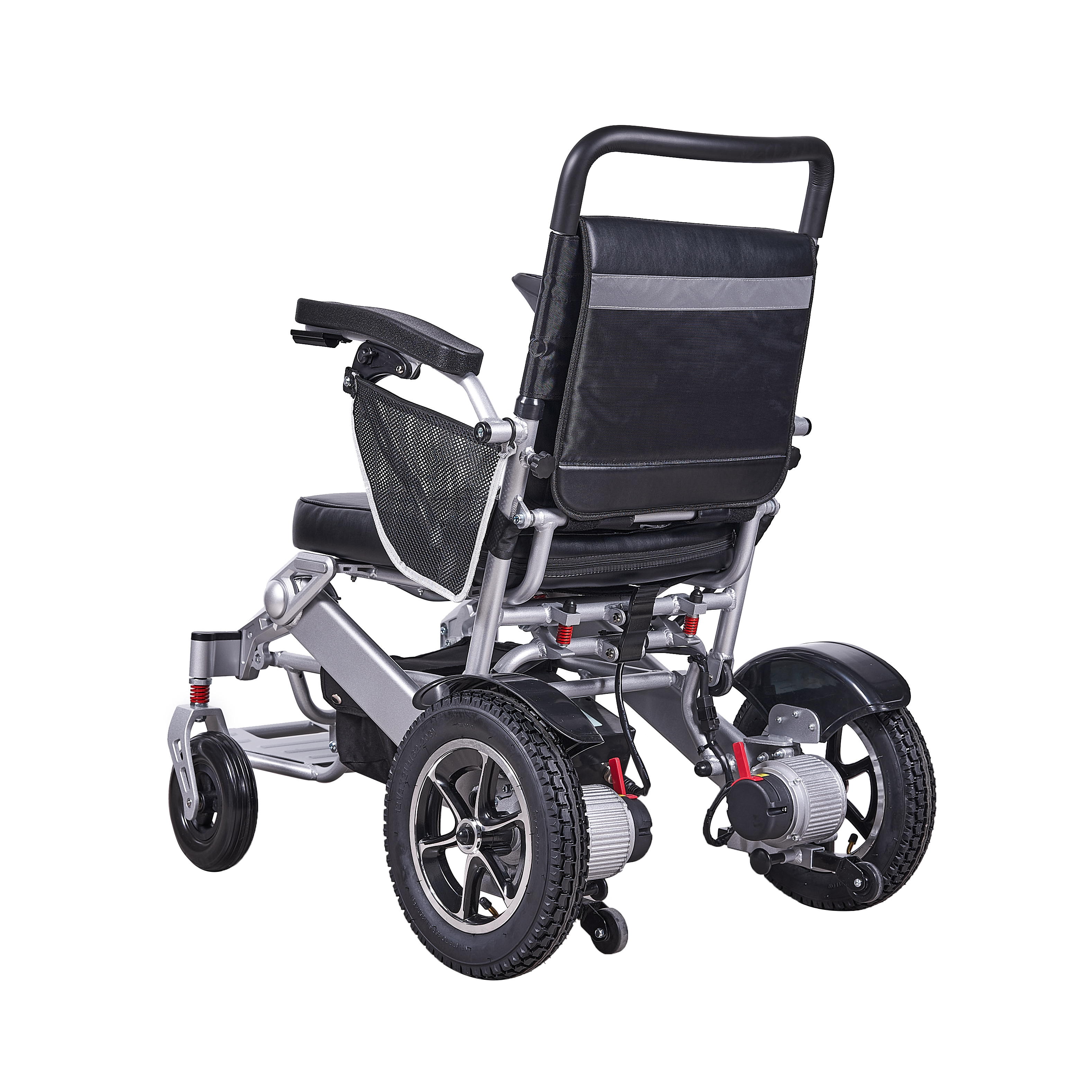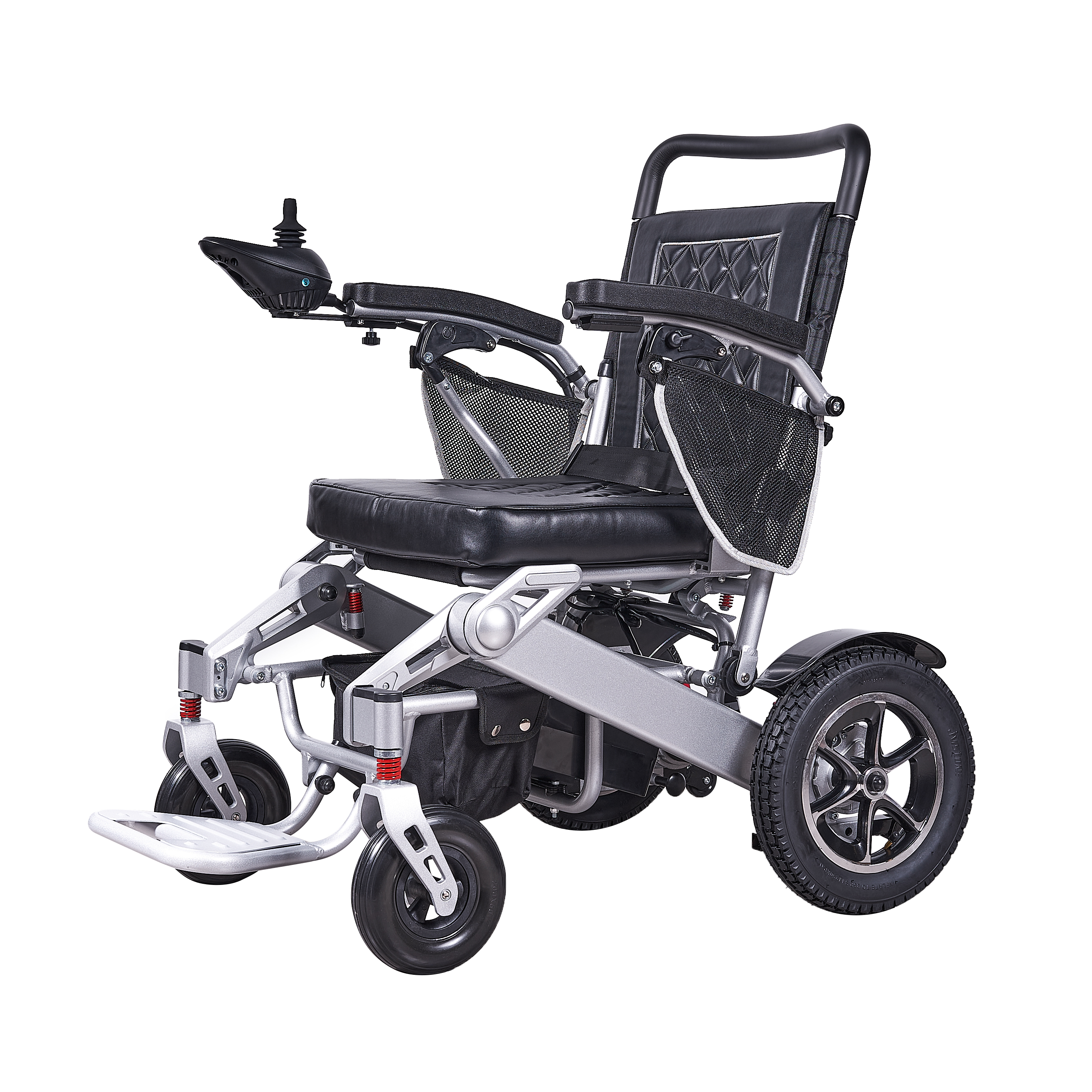
The bathroom is one of the most difficult places for wheelchair users to move around in their homes. Because of the small space in the bathroom, wheelchair access is easily impeded; not to mention that there are a number of difficult activities such as bathing and toileting, making it more difficult for people with mobility issues to live independently. However, we can make some small design changes in the bathroom to make the use of wheelchairs smoother.
We've provided some simple ways you can see what can fit in your bathroom. With a few simple modifications, you can get a bathroom that is smooth and safe to move around in, making our lives easier.

Room Doors The first thing you should consider is how easy it is for wheelchair users to access the bathroom. Narrow doorways make it harder to get around - your current doorway may be too narrow for a wheelchair to enter, which means the room is like a no-go zone for wheelchair users. Widening the doorway will make the bathroom immediately more convenient and accessible, which should be a top priority when remodeling any bathroom in the name of mobility. A minimum distance of 32 inches between door frames should allow any wheelchair to enter and exit freely.
Balance Bars Installing balance bars on the walls allows for mobility without the use of crutches or chairs. Installing balance bars in easy-to-reach places will also improve the safety of the bathroom by giving users multiple points of stability no matter where they are in the room. Balance bars are especially useful in smaller bathrooms to reduce discomfort when using a wheelchair or walking frame.
Raised toilet seat Using a toilet can become a more intensive procedure if you do not modify the toilet beyond its basic state. The toilet may be especially laborious if it is particularly low, so you want to make sure it is elevated. You can install a pedestal to elevate the toilet, or you can use a raised toilet seat to achieve the same effect. Making these tasks easier is the goal of bathroom remodeling for wheelchair users.
Remove cabinets and create space Under-sink cabinets cut off important spaces that could be better used to create easy access for wheelchairs. They also complicate the use of sinks and mirrors. A fully accessible bathroom means easy access to everything inside, and eliminating barriers will help you achieve that goal. Creating any amount of space is crucial for smaller bathrooms, so removing your low-level cabinets will greatly improve navigation without causing any additional hassle.
It is important to make sure you have enough space to turn your wheelchair, especially if you are alone. Removing cabinets will help with this, especially in tricky areas such as sinks.

Showers and baths Showering or bathing is one of the most immediate issues in the bathroom for wheelchair users. You may think the only options are to install a walk-in tub or a full wet room, but there are other more affordable ways to solve this problem that are less disruptive.
Shower chairs For those who can't stand for long periods of time, using a shower chair can make showering more enjoyable. Shower chairs are adjustable and can be used with or without back support.
Bathroom Lifts Getting in and out of the bath can be difficult for people with mobility issues. Installing a bath lift or floor-mounted bath lift will be easy to use, eliminating the physical challenge of lowering yourself into the tub and then lifting yourself out. Please feel free to browse our selection of shower and bath aids.
Non-slip flooring Carpets, rugs and bath mats are all potential hazards if you're walking from room to room in a wheelchair. To make your bathroom safer, consider replacing carpet with tile or hardwood flooring. Non-slip mats on the bathroom floor, in the tub and in the shower can improve safety around the bathroom. It may also be necessary to install rubber ramps to make door thresholds safer and more manageable.






